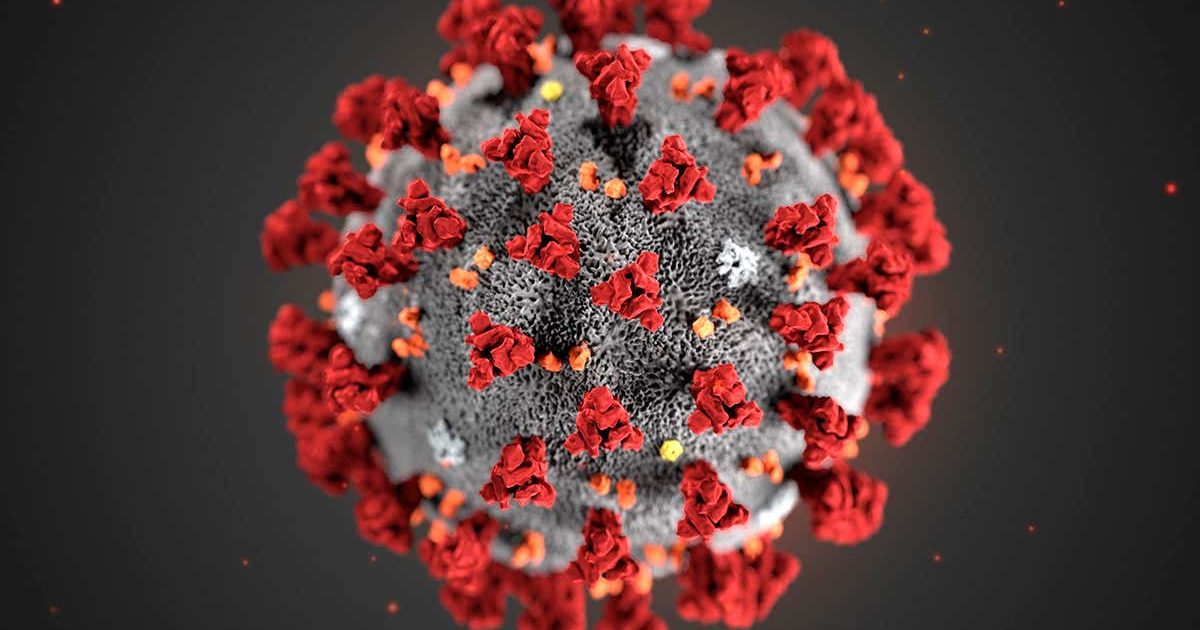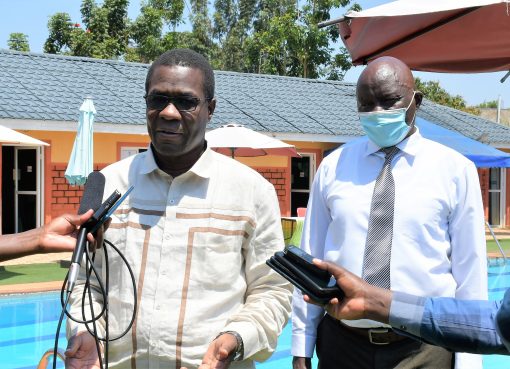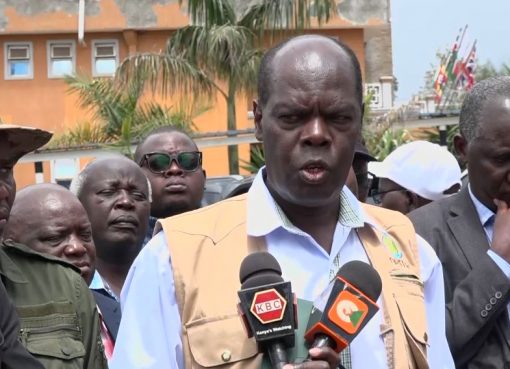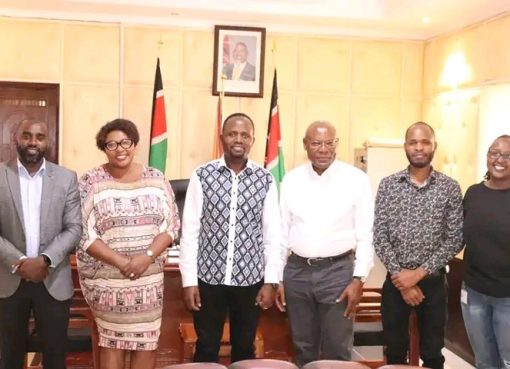The death toll resulting from Covid 19 pandemic in the country reached four after a six year old child succumbed to the highly contagious disease at the Kenyatta National Hospital.
Health officials during their daily briefing on the impact of the disease however disclosed that the six year old boy was also suffering from other serious ailments at the time of infection, which might have exacerbated his situation.
The country also recorded a double digit number of fresh infections to the Covid 19 after 12 out the over three hundred suspect cases screened turned positive bringing the national tally on those found with the viral disease to 122.
The Health ministry also revealed that eleven of the new cases were Kenyans while one was a Somalia national adding that only 617 people were still held under quarantine awaiting testing for possible infection.
And in a related development, the World Bank has offered $50 Million to the Kenya to mitigate the effects of COVID-19 Pandemic.
This the first in a series of support the Bank is providing to Kenya in response to the unprecedented challenge of the virus.

The World Bank Group Board of Directors approved , the $50 million in immediate funding to support Kenya’s response to the global COVID-19 (coronavirus) pandemic under a new operation – the Kenya COVID -19 Emergency Response Project.
World Bank Country Director for Kenya, Carlos Felipe Jaramillo, said the project will provide emergency funding for medical diagnostic services, surveillance and response, capacity building, quarantine, isolation and treatment centres, medical waste disposal, risk communications and community engagement as well as for strengthening of the country’s capacity to provide safe blood services.
“This new fast track facility will assist Kenya in its efforts to prevent, detect and respond to the threat posed by COVID-19 and strengthen national systems for public health preparedness,” said Carlos.
The Country Director in a press statement sent to newsrooms today, stated that COVID-19 threatens lives and livelihoods, and a rapid response is needed for food security, nutrition, and schooling.
The project will be implemented in all the 47 counties. The primary beneficiaries will be the infected persons, at-risk populations, medical and emergency personnel, medical and testing facilities, and the national health agencies.
“Blood is core to all clinical aspects of health systems. $10 million of this funding will go towards strengthening the capacity of the Kenya National Blood Transfusion Service to provide safe blood and blood products,“ said Jane Chuma, Senior Health Economist and Task Team Leader.
Chuma noted that this is important, especially this time when supply will drop because the would-be blood donors are less likely to go out to donate.
She further noted that this funding is the first in a series of support the World Bank is providing to Kenya in response to the unprecedented challenge of COVID-19.
In addition, $10 million was triggered under the Contingency Emergency Response Component of the Transforming Health Systems for Universal Care Project to fund the National COVID-19 Contingency Plan.
The World Bank Group is rolling out a $14 billion fast-track package to strengthen the COVID-19 response in developing countries and shorten the time to recovery.
The immediate response includes financing, policy advice and technical assistance to help countries cope with the health and economic impacts of the pandemic.
International Finance Corporation is providing $8 billion in financing to help private companies affected by the pandemic and preserve jobs. The International Bank for Reconstruction and Development and the International Development Association are making an initial $6 billion available for the health-response.
As countries need broader support, the World Bank Group will deploy up to $160 billion over 15 months to protect the poor and vulnerable, support businesses, and bolster economic recovery.
The World Bank’s International Development Association (IDA), established in 1960, and helps the world’s poorest countries by providing grants and low to zero-interest loans for projects and programs that boost economic growth, reduce poverty, and improve poor people’s lives.
IDA is one of the largest sources of assistance for the world’s 76 poorest countries, 39 of which are in Africa. Resources from IDA bring positive change to the 1.6 billion people who live in IDA countries.
By Victor Obure and Alice Gworo





